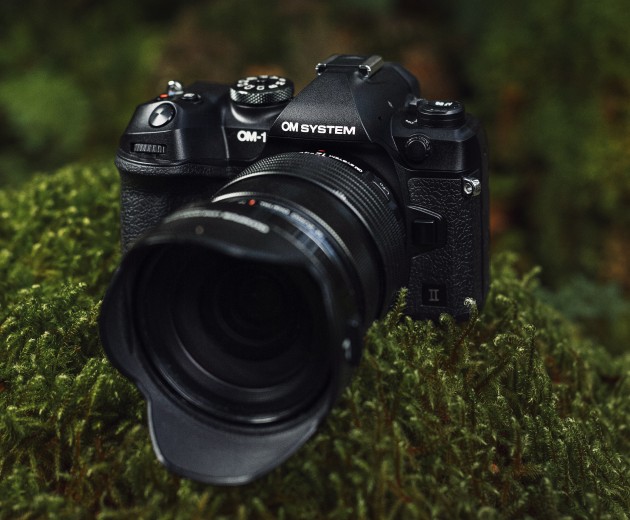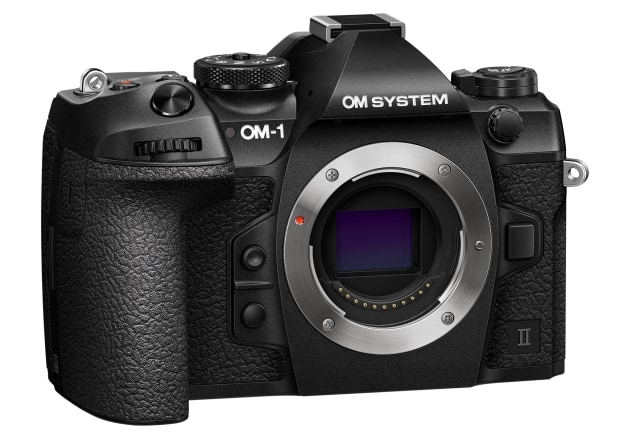OM System announces OM-1 Mark II
OM System has announced the successor to 2022's OM-1 with the announcement of the OM-1 Mark II, a high-speed Micro Four Thirds camera based around a similar 20MP Stacked CMOS sensor.

The new camera is largely an iterative update to its predecessor, and shares the same size sensor, the same TruePic X processor, the same max burst rate and video specs, the same EVF, and same battery as the original model.
Physically, it's almost identical as well, with the exception of more tactile buttons and it now carrying the OM System branding compared to Olympus branding (RIP) on its predecessor.

However, according to OM, that's where the similarities end, with the Mark II having more RAM onboard, which the company says helps power a new autofocus system that's been redeveloped.
The standout feature is a new Human detection mode, which extends subject recognition beyond just face detection, and integrates it into the wider selection of autofocus modes (It was a separate mode on the OM-1).

In addition, the company says the refresh rate of the AF system has been improved, boosting the performance of the C-AF + Tracking mode as well as the effectiveness of the AI-trained subject recognition modes.
These improvements should be welcome and will be interesting to test, as the original OM-1 already delivered impressive autofocus.
OM also says the in-body image stabilisation has been revamped. According to the company, it is now rated to deliver 8.5EV of correction when subjected to industry-standard testing. If this is accurate, it makes it the highest-rated camera on the market for image stabilisation.

Other features include more options for blackout free shooting, extended beyond the blackout-free shooting the OM-1 only offered at its fastest shooting settings.
With the OM-1 II, slower burst rates can now take advantage of the technology. Speaking of bursts, the buffer has also largely doubled, with the OM-1 II capable of shooting 256 Raw frames at 50fps or 213 in its single (initial) AF 120fps mode.
A built-in grad ND
For the first time in any camera (as far as we're aware at least), OM System have built a graduated neutral density filter into the OM-1 Mark II. According to the company, the technology builds on the existing Live ND option, which works by blending a number of short exposures to give the effect of a neutral density filter.
Users will have the choice of a hard, medium or soft edge, and either a 1, 2, or 3-stop effect (ND 2, 4 or 8).
In use, you can then use the four-way controller or the touchscreen to move the mid-point of the gradient, while the dials allow for rotation by 15 degrees on the front dial and single degrees on the rear dial.
At the same time, the Live ND feature has also been extended and can now simulate a 7-stop ND128 filter: a stop darker than the original model.
Despite there likely to be some users who thought many of the new features could have been included in a firmware update to the existing model, we're still interested to see what the OM-1 II is like, especially as we really enjoyed the OM-1 when we reviewed it in 2022.
The OM System OM-1 Mark II has an RRP of $3,799, and will be available in early February.
At the same time, the company also announced the M.Zuiko Digital ED 150-600mm F5.0-6.3 IS lens, a new telephoto with IPX1 splash & dust-proof performance. It will retail for $4,499.
You can find out more about the new products at OM System.

